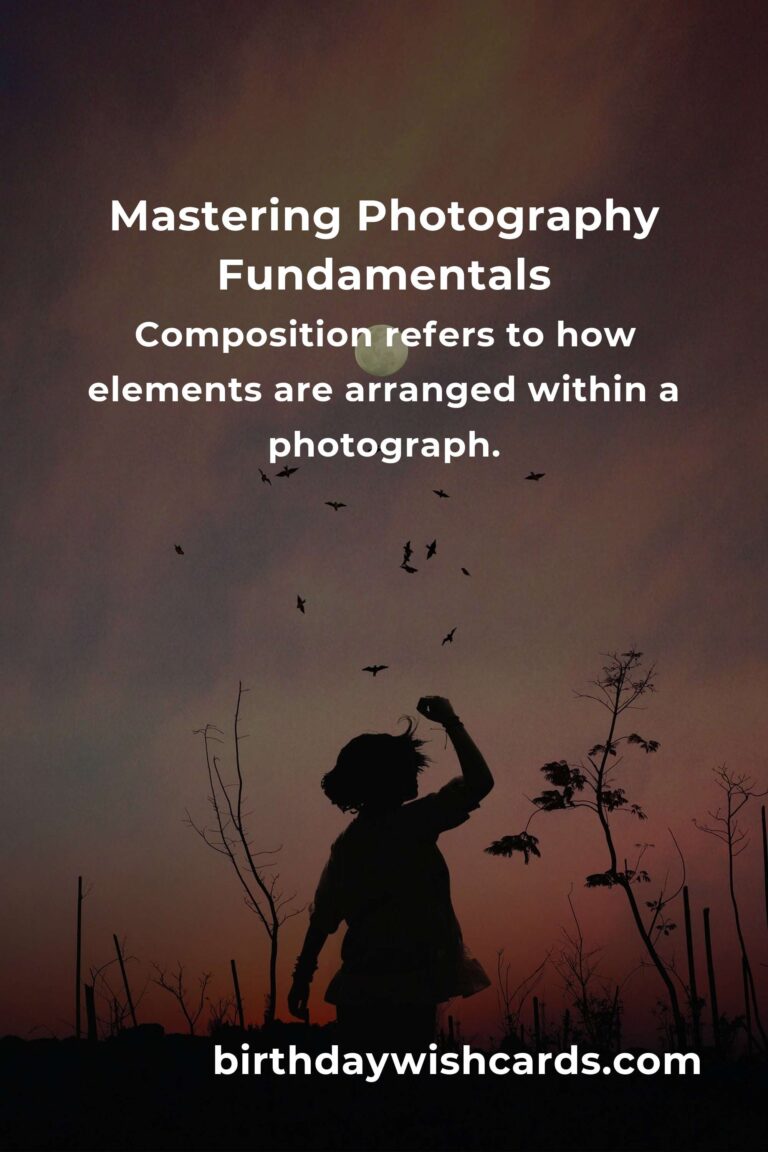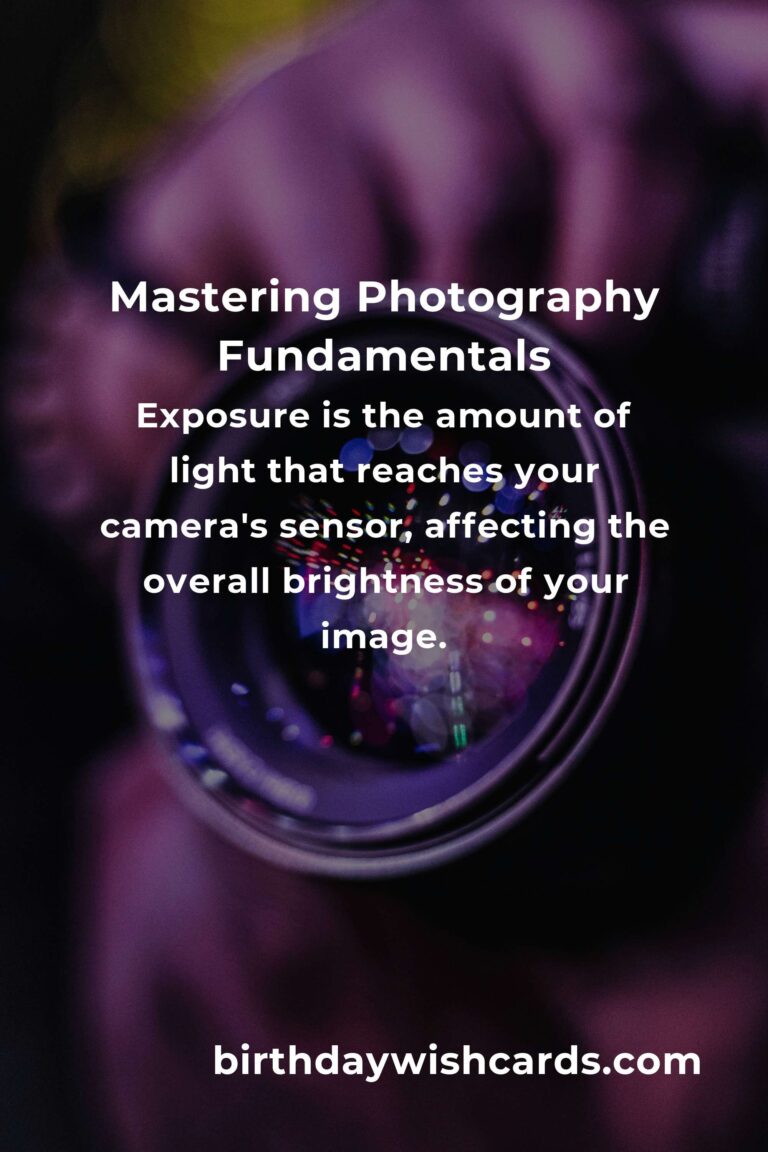
Photography is an art form that captures moments in time and preserves them for future reflection. Whether you are a beginner or an experienced photographer, understanding the fundamentals of photography is essential for creating stunning images. In this article, we will explore the basic concepts that form the foundation of photography, including exposure, composition, and lighting.
Exposure
Exposure is the amount of light that reaches your camera’s sensor, affecting the overall brightness of your image. Proper exposure is crucial for capturing details in both the highlights and shadows. The three main components that determine exposure are aperture, shutter speed, and ISO.
Aperture: Aperture refers to the size of the lens opening that allows light to enter the camera. It is measured in f-stops, such as f/2.8, f/4, etc. A larger aperture (small f-stop number) allows more light in and creates a shallow depth of field, resulting in a blurred background. A smaller aperture (large f-stop number) reduces the amount of light and increases the depth of field, bringing more of the scene into focus.
Shutter Speed: Shutter speed is the length of time the camera shutter remains open to let light in. It is measured in seconds or fractions of a second. A fast shutter speed (e.g., 1/1000s) can freeze motion, while a slow shutter speed (e.g., 1/30s) can create a motion blur effect. Choosing the right shutter speed is essential for capturing the desired effect in your images.
ISO: ISO measures the sensitivity of your camera’s sensor to light. A lower ISO value (e.g., ISO 100) is less sensitive and suitable for bright conditions, while a higher ISO value (e.g., ISO 3200) is more sensitive and better for low-light environments. However, increasing ISO can introduce noise or graininess in your photos, so it’s important to find the right balance.
Composition
Composition refers to how elements are arranged within a photograph. A well-composed image can convey a story, evoke emotion, and draw the viewer’s eye to the main subject. There are several key principles of composition that can enhance your photography:
Rule of Thirds: The rule of thirds divides the frame into a 3×3 grid. Placing the subject along these lines or at their intersections can create a balanced and visually appealing composition. This technique helps to guide the viewer’s eye and makes the image more dynamic.
Leading Lines: Leading lines are natural lines in a scene that guide the viewer’s eye toward the main subject. These can be roads, rivers, fences, or any other linear elements that draw attention and create depth in the image.
Framing: Framing involves using elements within the scene to frame the main subject, such as windows, doorways, or branches. This technique can add depth and context to your photo, emphasizing the subject and creating a sense of focus.
Lighting
Lighting is one of the most critical aspects of photography. It can dramatically affect the mood, contrast, and color of your images. Understanding how to manipulate and work with different lighting conditions is vital for any photographer.
Natural Light: Natural light changes throughout the day, providing different qualities and effects. The golden hour, shortly after sunrise or before sunset, offers soft, warm light that is ideal for portraits and landscapes. Midday sun, however, can create harsh shadows and high contrast, so it’s often best to avoid shooting at this time or use diffusers.
Artificial Light: Artificial light sources, such as studio lights or flash, allow for greater control over lighting conditions. They enable you to create specific effects regardless of the time of day or weather. Experimenting with different lighting setups can help you achieve the desired look for your photos.
Conclusion
Mastering the basics of photography is an ongoing journey that requires practice and experimentation. By understanding exposure, composition, and lighting, you can enhance your skills and capture images that are not only technically sound but also artistically compelling. Remember, the key to great photography lies in creativity and the ability to see the world from a unique perspective.
Photography is an art form that captures moments in time and preserves them for future reflection. Exposure is the amount of light that reaches your camera’s sensor, affecting the overall brightness of your image. Composition refers to how elements are arranged within a photograph. Lighting is one of the most critical aspects of photography, affecting mood, contrast, and color. Mastering the basics of photography is an ongoing journey that requires practice and experimentation.
#Photography #PhotographyBasics #Exposure #Composition #Lighting













